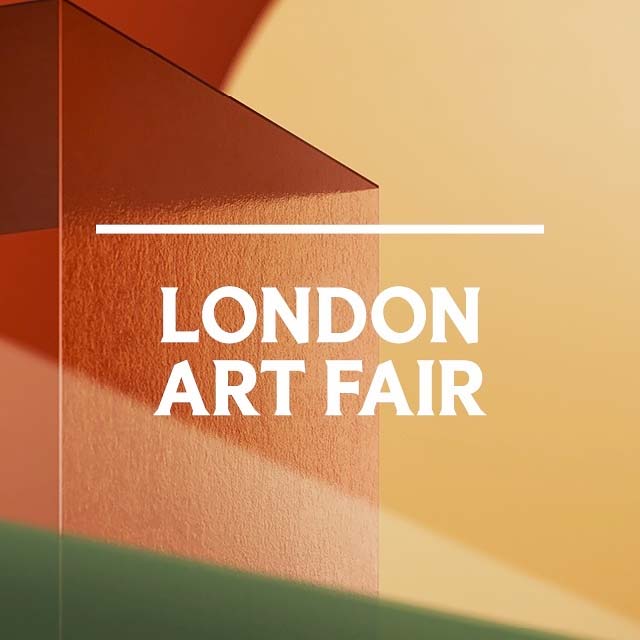The latest edition of Photo50, No Place is An Island, curated by
Rodrigo Orrantia, presents
works by British and UK-based artists responding to the idea of an island. Echoing John
Donne's celebrated book
No Man is an Island, the exhibition explores what it means to be an
island and its multiple possibilities towards the future.
The title of the exhibition also alludes to the idea that contemporary photography is not an
island or an isolated medium, and the selected artists will showcase photography as part of a
wider practice, pushing and redefining its boundaries through sculpture, performance, moving
image and sound.
This exhibition also celebrates 10 years since the seminal Photo50 show entitled The New
Alchemists, curated by Rodrigo's mentor and friend Sue Steward, who passed away in 2017. No
Place Is An Island references Steward's work and ideas, bringing them to the present by looking
at how photographic art has evolved in the last decade. The exhibition connects a generation of
established and mid-career artists, with emerging practices working around the same interests
and, in most cases, directly inspired by artists in the show.
Curator Rodrigo Orratoria said:
The works in this show connect with the topical issues of our
time, but also to a universal narrative, the journey to an idealised place. I'd like to start
conversations about what it means to be an island, and how we construct it in our minds.No Place Is An Island talks about connectivity, about the fact nothing exists in isolation, it is
merely a fiction, a fantasy.
Several of the works in No Place is An Island focus on the theme of our relationship to
landscape, and suggest new ways of understanding how we perceive and interact with our
surroundings.
In his poignant body of photographic work Hometowns,
John MacLean pays homage to the
subtle yet important influence of the hometown, particularly in relation to the visual
development of artists themselves. Beginning with a simple idea that he quickly jotted down in
a notebook several years ago – "Photograph the hometowns of your heroes" – MacLean has
explored and photographed more than twenty cities, towns and neighborhoods around the
world where a number of his artistic heroes spent their childhood, such as Bridget Riley, James
Turrell and Wassily Kandinsky. MacLean's project searched for the everyday places that served
as the most basic visual experiences and foundations for those artists who have inspired him,
and for his own creative inspiration.
Eva Stenram's New Meridians reworks photographs found in late
1950s editions of the German travel magazine Merian. They are a
record of the landscapes and towns of Europe as they were in 1957,
at the time of the Treaty of Rome. Stenram overlays these pictures
with her own markings. Her annotations suggest many things - lines
of communication, movements of people or goods, borders, usage of
the landscape, as well as systems and laws being put in place - but
also fractures, fault-lines and rifts. Stenram uses this piece to
respond to the 2019 European elections, and the growing rifts which
are reshaping our relationship with the land.
Dafna Talmor will be showcasing brand new works for the first time at London Art Fair as part
of an ongoing body of work, Constructed Landscapes. This work consists of staged landscapes
made of collaged and montaged colour negatives shot across different locations that include
Israel, Venezuela, the UK and USA. Through the act of slicing and splicing, landscapes are
merged and transformed. The resulting photographs appear 'real', yet they are virtual and
imaginary. Through this artistic practice Talmor aims to transform a specific place - loaded with
personal meaning, memories and connotations - into a space of universality. In dialogue with
the history of photography, Constructed Landscapes references early Pictorialist processes of
combination printing as well as Modernist experimental techniques such as montage, collage
and multiple exposures.
Martin Seeds will also be presenting a new work designed especially for Photo50. Assembly is
a body of work in six parts set in the Stormont Estate, the home of the Northern Ireland
Assembly and Seeds has created a new version of this installation for the Fair. Assembly
responds to the notion that the Stormont Estate's grounds, with their beautiful natural scenery,
lended the peace talks ahead of the Good Friday Agreement in 1998 a sense of comfort which
helped to diffuse the psychological problems and animosity which had built up over many
decades. This work uses photography to powerfully illustrate the influence of the parliament's
natural setting on the Northern Irish peace process.
Tom Hunter's Figures in a Landscape is a personal odyssey which transports the viewer
through a world imbued with myths and legends. On this magical journey, from the hillsides of
the West Country to the Marshes of Hackney, Hunter portrays ancient gods, goddesses and mythical monsters which inhabit the landscape and battle for supremacy between the other
worlds and the here and now. The figures within these images shift between statues, mythical
forms and people, transporting the viewer through time and space, connecting them to ancient
worlds, half-remembered myths and magical encounters.
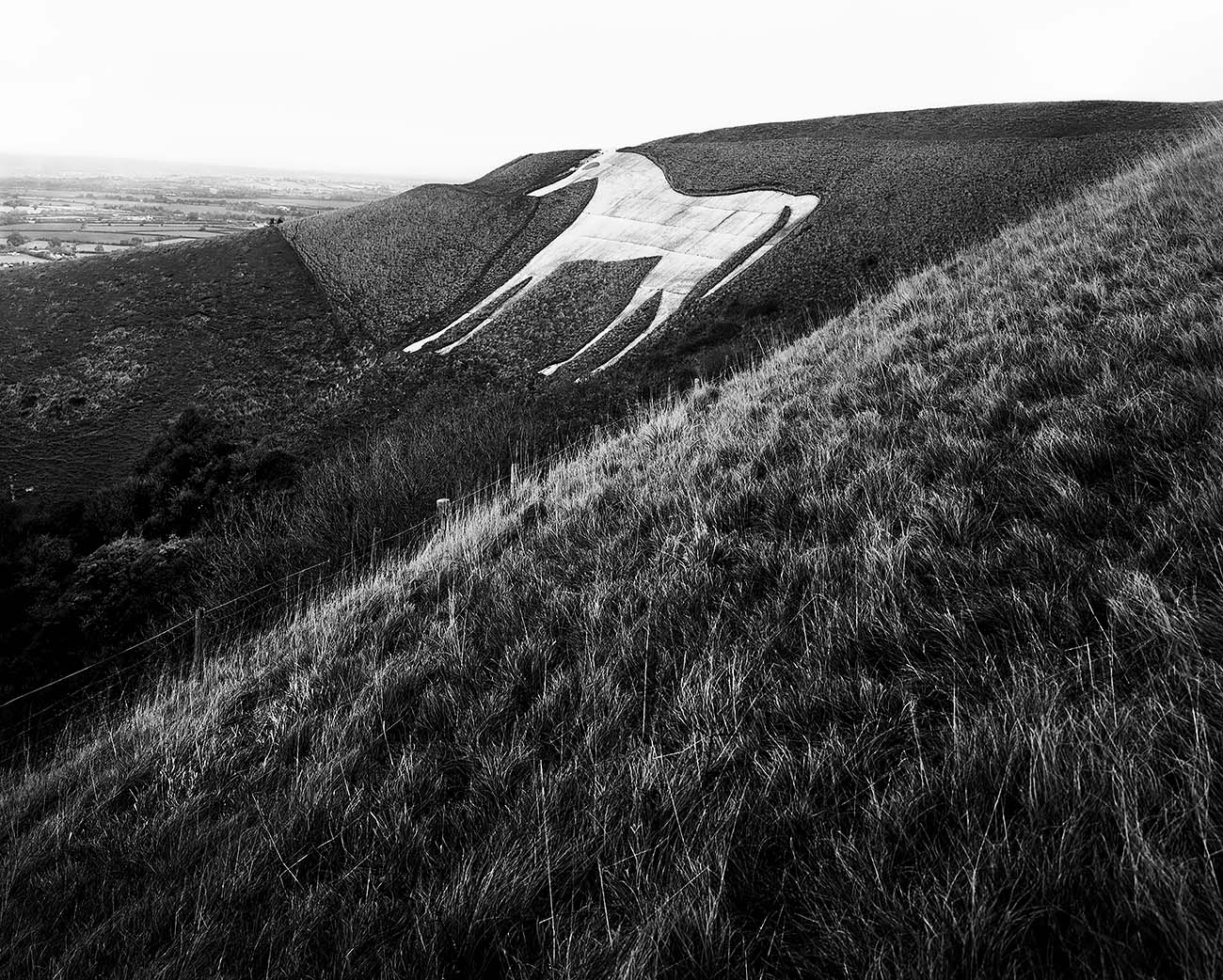
The Cult of the White Horse Cult, 2018 © Tom Hunter
's Home Staging presents images of his parents' house where he grew up, but
restaged and completely reimagined using theatre drapery. For Photo50, Lovelace will
showcase a new collaborative performance piece in response to some of the artworks and
themes in the exhibition.
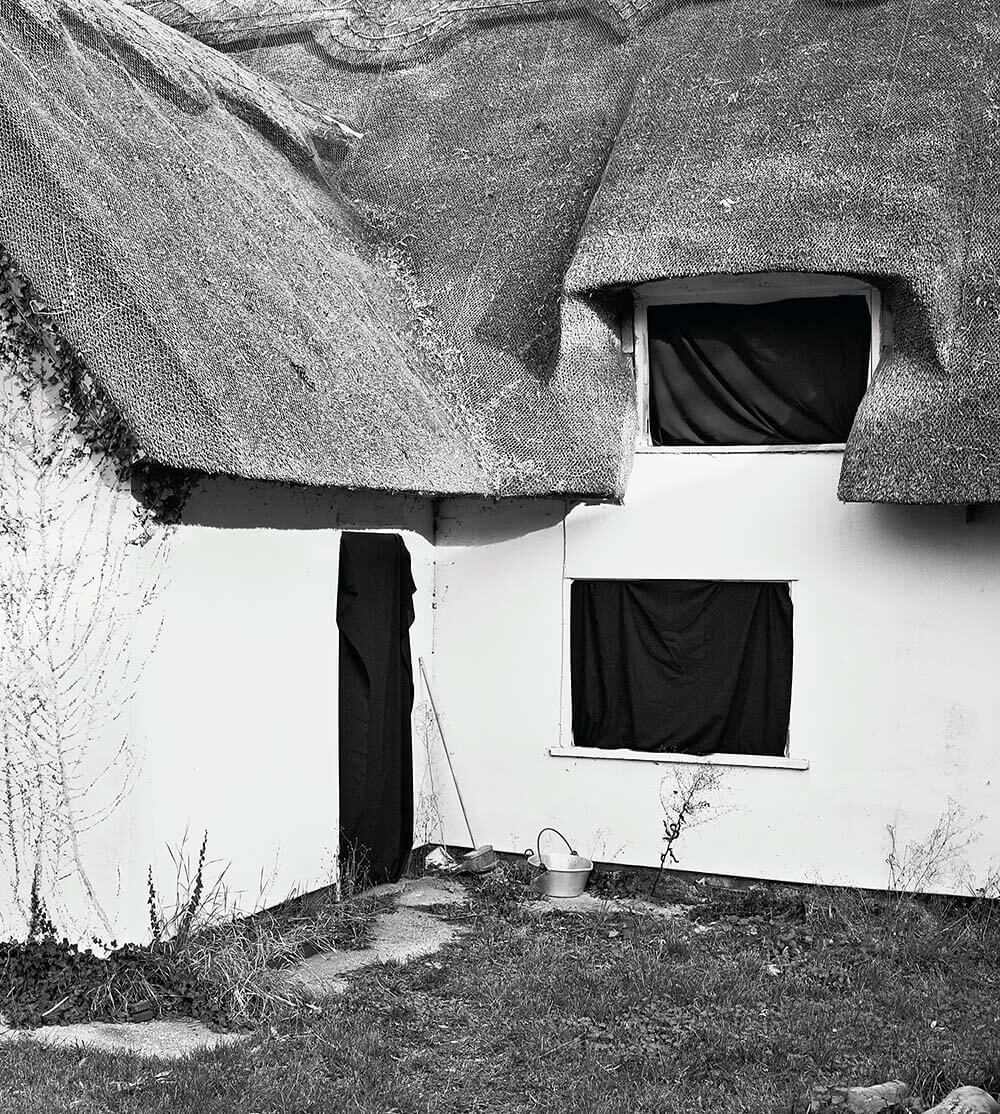
Home Staging, 2018, © Tom Lovelace
Other works in the exhibition focus on the sea and the ways in which an island is separated
from, or in fact connected to, the rest of the world. The photographs in
Andy Sewell's Strange
and New Things Pass are taken on either side of the Atlantic in places where the Internet is
connected through underwater fiber optic cables. Almost everything that takes place online
passes down a few impossibly narrow tubes which stretch along the seabed, connecting one
continent to another.
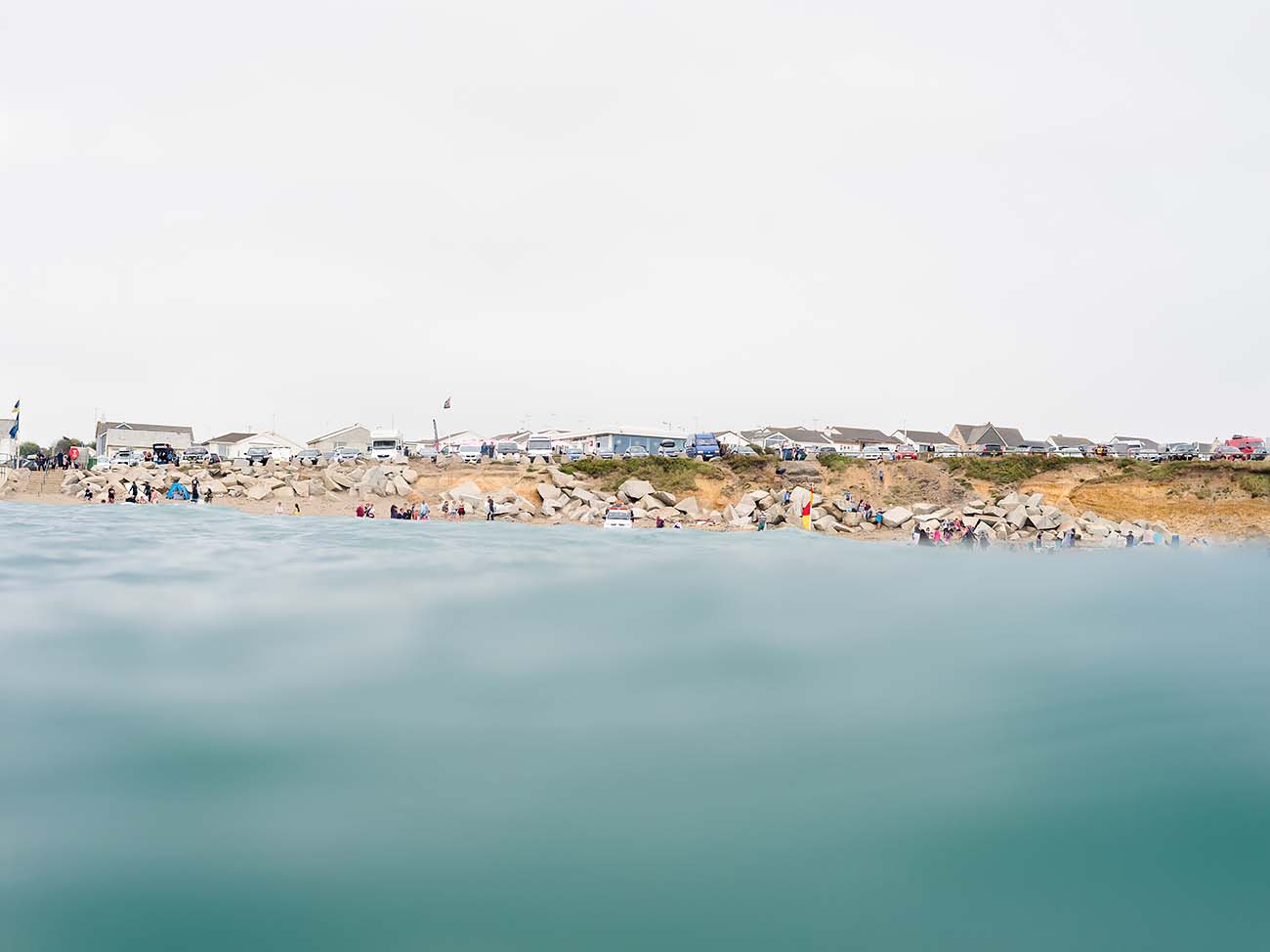
From Known and Strange Things Pass, 2020 © Andy Sewell
's series Where Two Seas Meet is a body of work made
after a visit to Skagen in 2018. This town is located on the northern
coast of Denmark and famed for its headland: a sandbar spit where
the North Sea and the Baltic Sea meet. As a result of the sea
waters' different densities, a clear dividing line can be seen where
the waters of these two seas collide. The negatives Braine took
while on this visit were then folded along this line of collision,
accentuating and acknowledging this natural feature but also the
nature of composing, framing and constructing images.
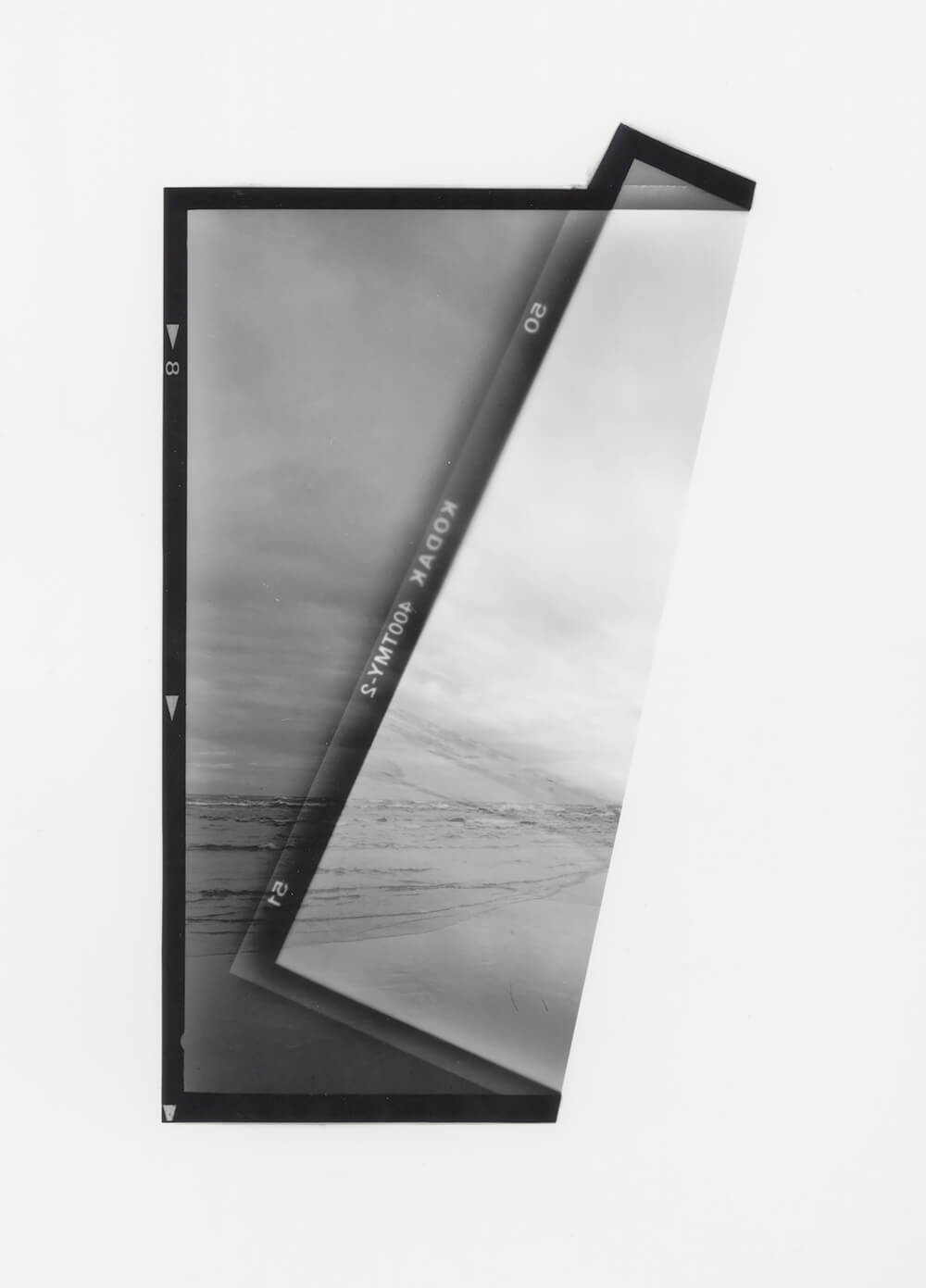
Where Two Seas Meet, Skagen #2, 2018 © Aliki Braine
's Heavy the Sea explores the relationship
between fiction, myth and lived experience. Teichmann's
installation reimagines space and encounters through feminist subjectivity. Her images portray
a vision of paradise characterized by flowing water, dense foliage, clumps of seaweed, and
jungle landscapes populated by nude men, women and children of various ages. Teichmann
was one of the original artists shown at The New Alchemists in 2010 and will be presenting a
new version of Heavy the Sea designed specifically for Photo50.
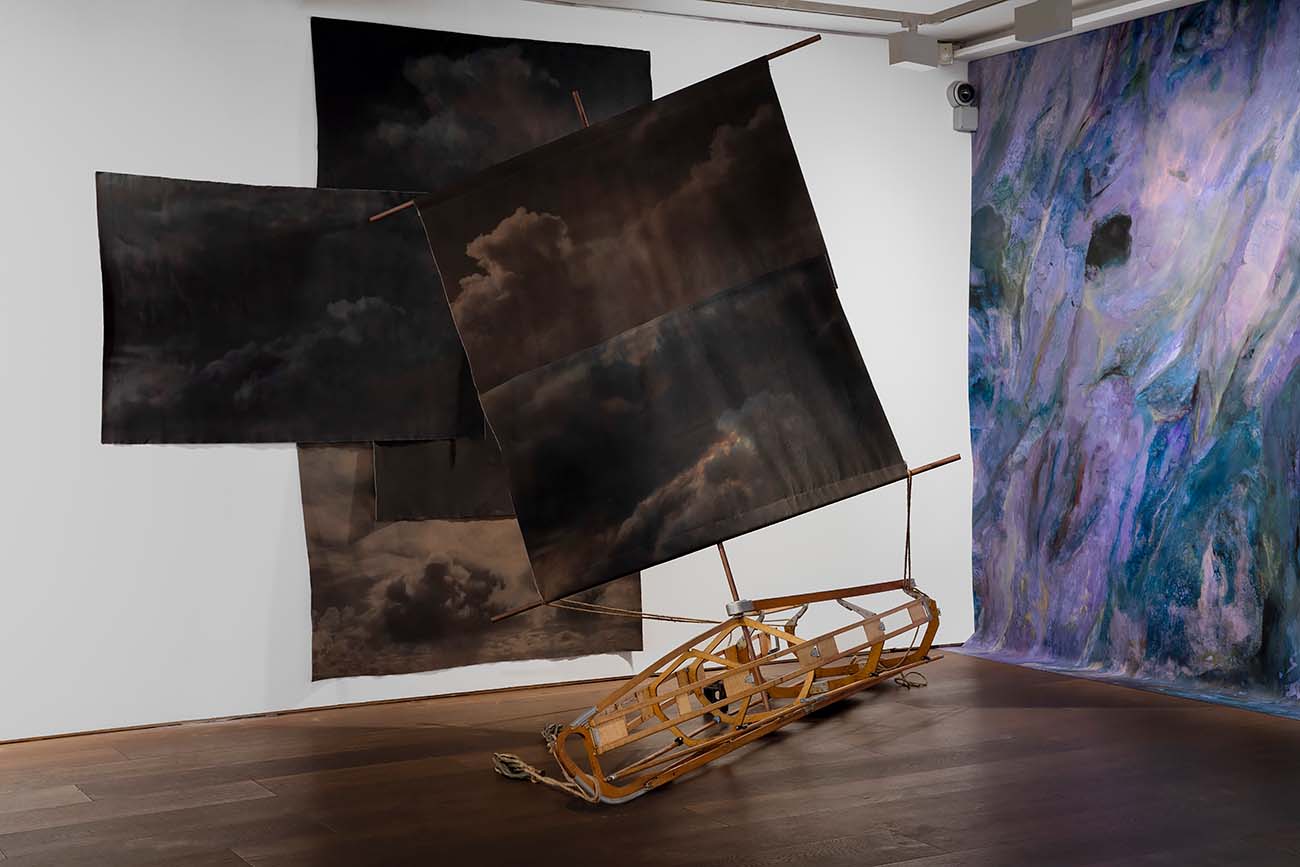
Heavy the Sea, 2018, Installation view © Esther Teichmann
explores
Bindi Vora's intrigue and curiosity with the surface of the sea.
Captured over the course of a single day, this study observes the water reflecting and
refracting natural light. As the colours flow into one another they become boundless, reflecting
the shared nature of the sea. This series sees digital techniques woven into the analogue
process to intervene with the surface of the image. white in the sea is part of an ongoing
volume of work that began in 2013, and is a continuation of Vora's exploration into the
materiality of photography and one's perception of colour, as well as the surface of water.
Two of the works shown in Photo50 will explore the intersections between photography, film
and performance.
Shepherd Manyika's Head Nod 16 bars is an ongoing video performance
piece filmed in various locations worldwide including Morocco, Singapore and the UK. The work
responds to the 'Head Nod', a gesture synonymous in Hip Hop as a confirmation of "good".
Manyika's project is constantly evolving and the version shown at Photo50 will be brand new
for the Fair.
Alexander Mourant's film A Vertigo Like Self focuses on stillness and the possibility of
achieving this. The film takes the viewer on a journey to a summer's day, creating a narrative
timeframe from morning to evening. This journey begins with a boat arriving at the flatness of
an island's shore to the elevation of waterfalls and mountains, developing into a portrait of an
island in its entirety. In addition to the film, Mourant will exhibit a brand new print captured from
the film for Photo50.
On a different theme,
Sarah Pickering's Explosion Series features photographs shot at sites
where fake bombs are deployed. Pickering captures the explosions as they are detonated in
demonstrations, isolated in a benign landscape. The clouds of smoke, all in different shapes and
colours, hover a few feet above the ground, capturing a fleeting moment that is both beautiful
and enigmatic with its lack of context.
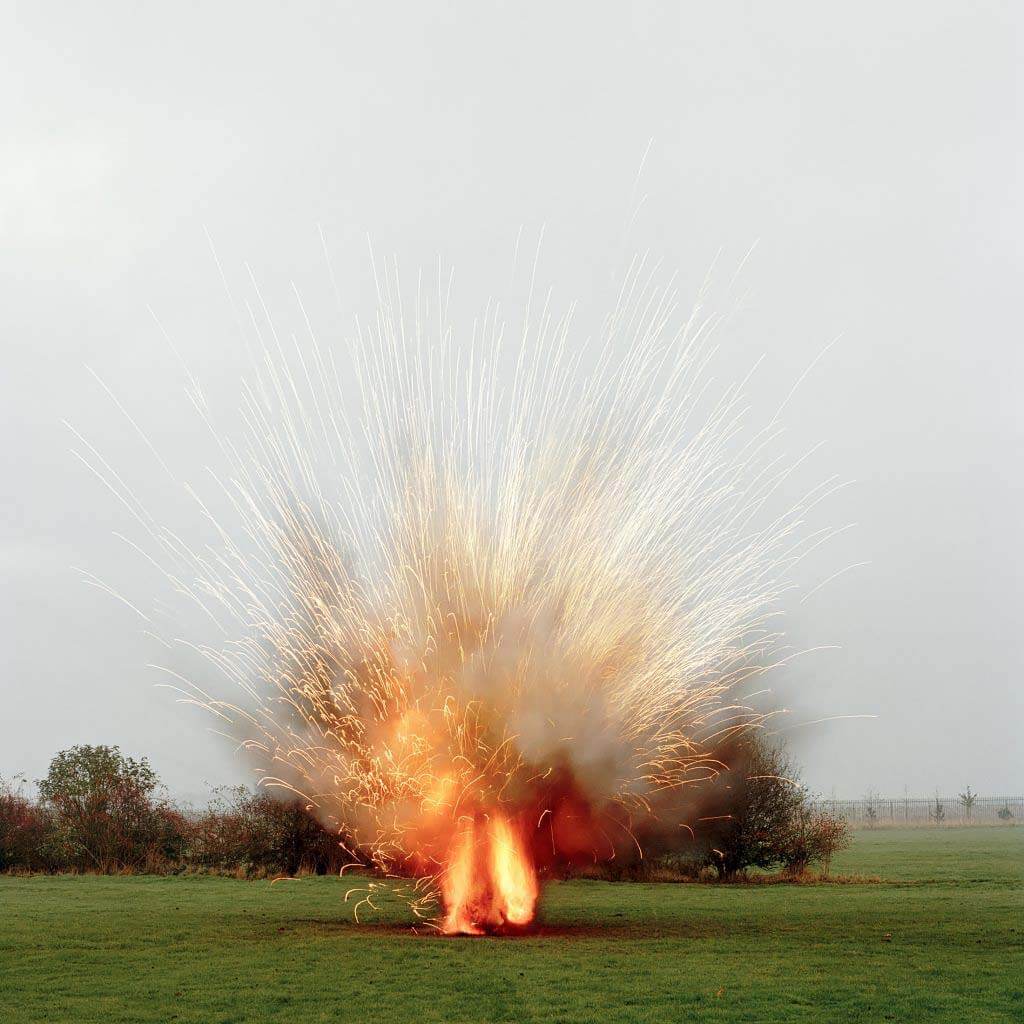
Landmine, 2005 © Sarah Pickering
An additional new piece of work will be exhibited for the first time at London Art Fair by
Hannah Hughes whose works focus on external movement and explore ways of moving around
layers, edges and seams within the images. Hughes uses discarded paper pulp packing
materials to create precarious temporary structures. Working with fragments, recycled
materials and leftovers, the images consider what people choose to make use of and what they throw away.
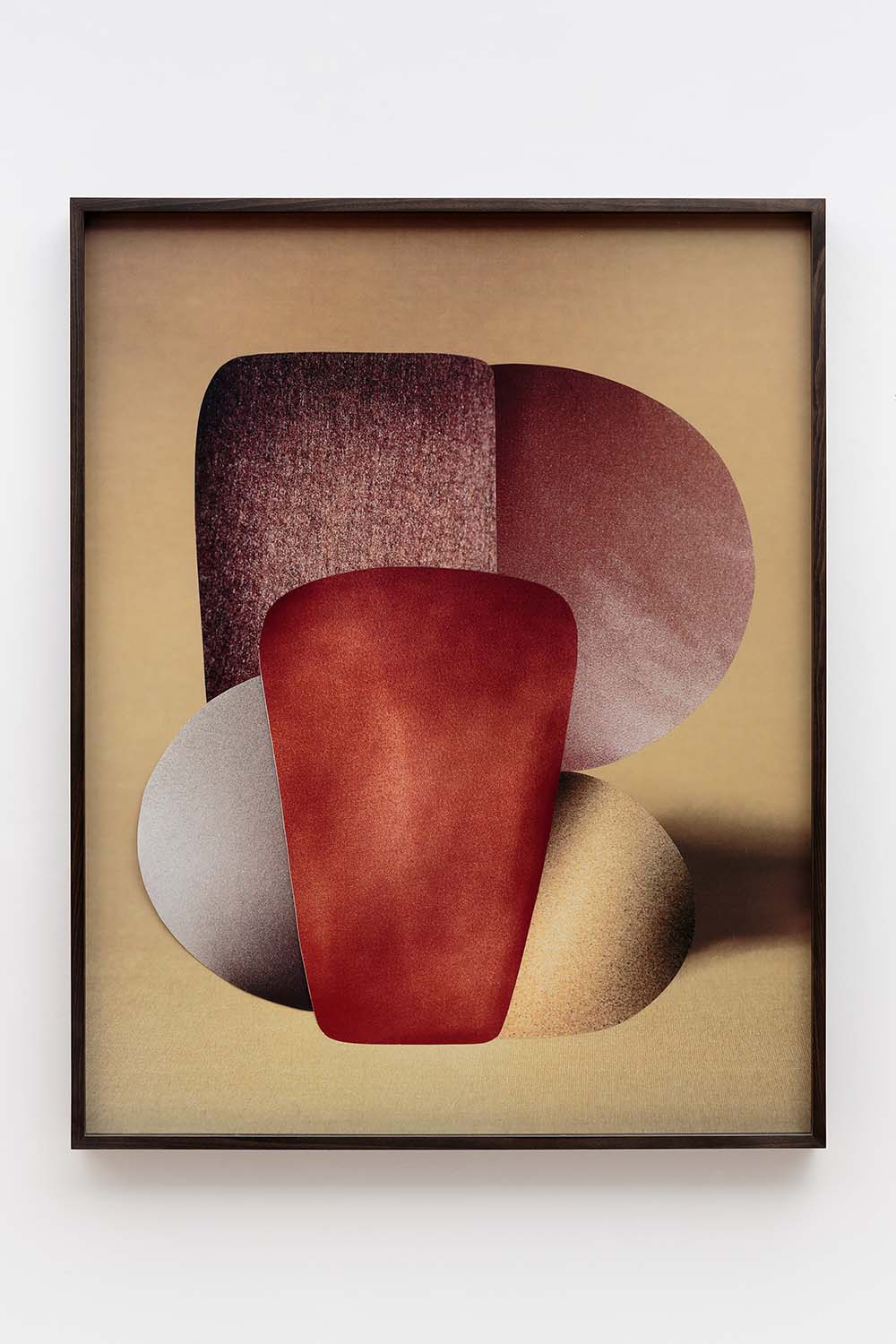
Tuck, 2020 © Hannah Hughes
